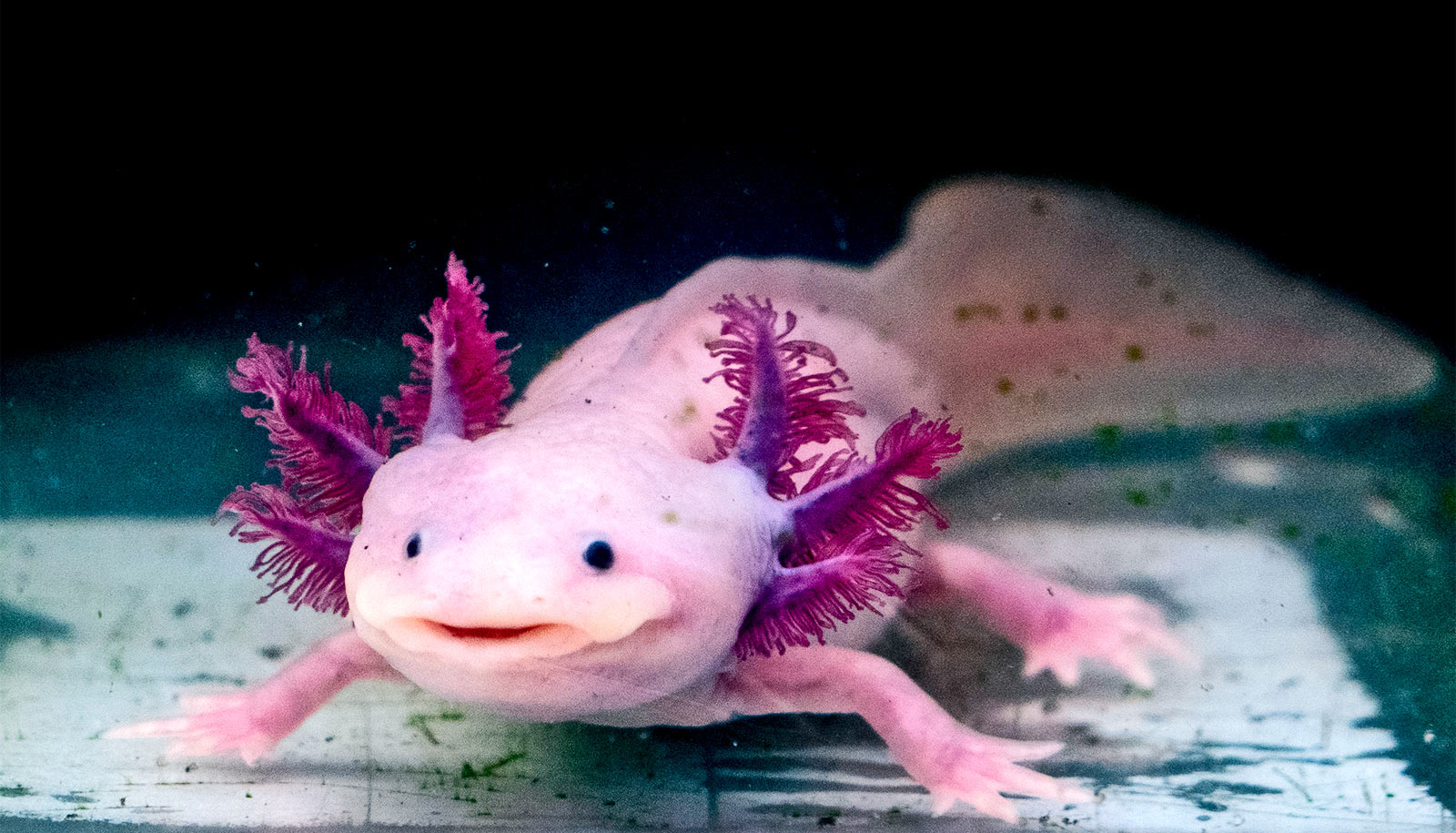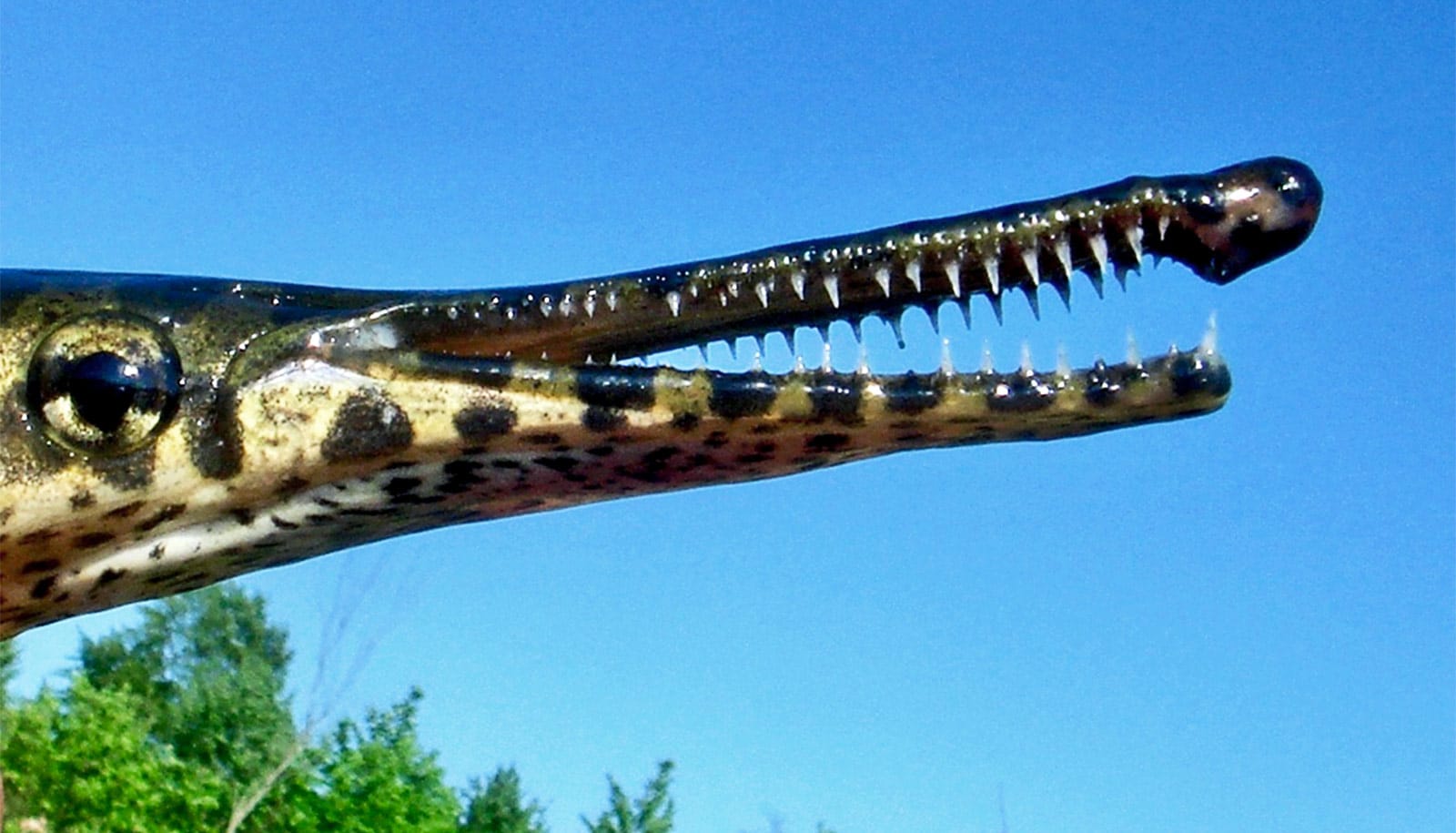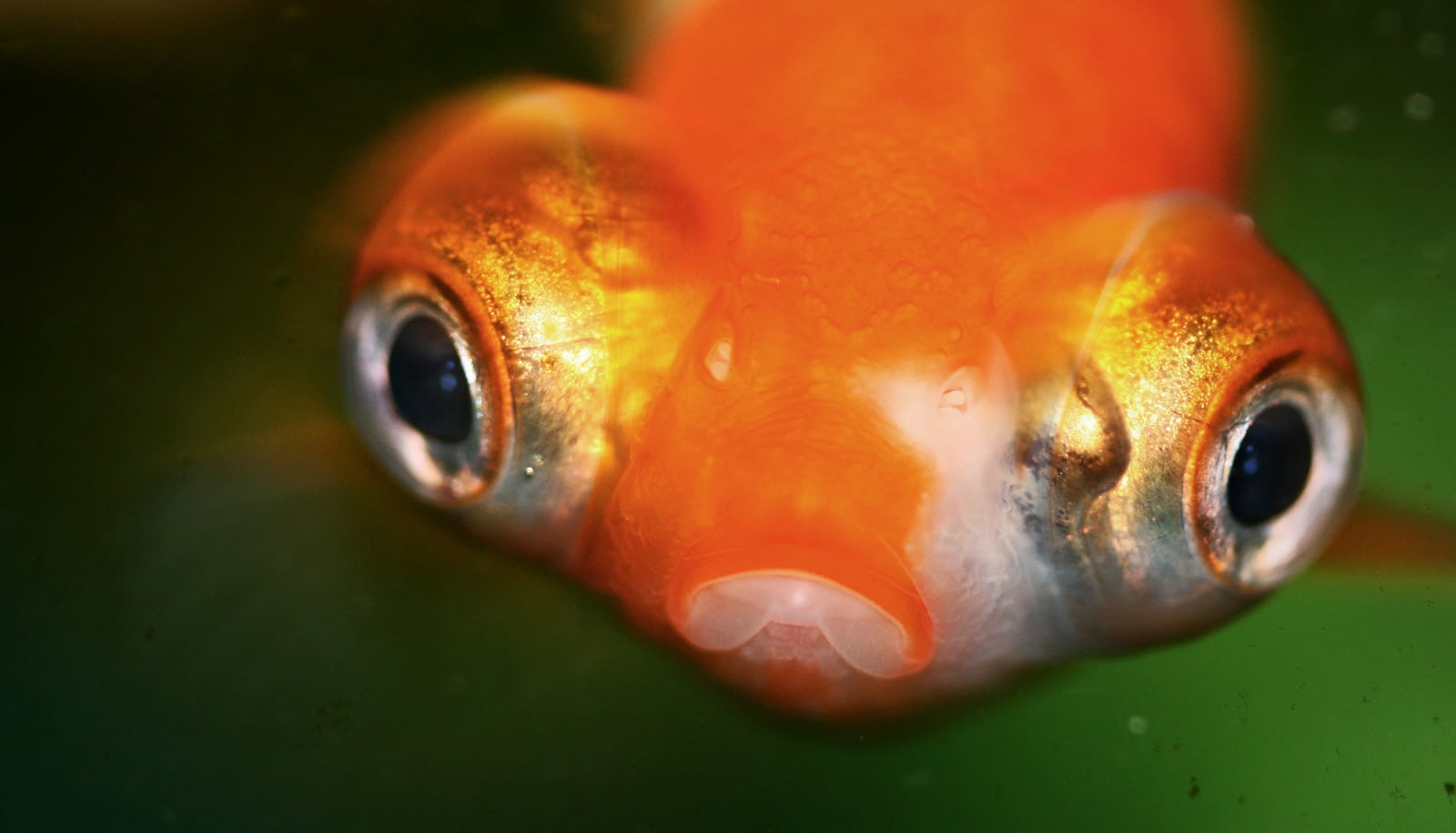A new way to circumvent the axolotl salamander’s complex genome has helped identify at least two genes involved in regeneration, researchers report.
Lose a limb, part of its heart, or even a large portion of its brain? No problem for the axolotl salamander: It just grows them back.
“It regenerates almost anything after almost any injury that doesn’t kill it,” says Parker Flowers, postdoctoral associate in the lab of Craig Crews, professor of molecular, cellular, and developmental biology and professor of chemistry and pharmacology at Yale University.
If scientists can find the genetic basis for the axolotl’s ability to regenerate, they might be able to find ways to restore damaged tissue in humans. But another peculiarity of the axolotl has thwarted their attempts: It has the largest genome of any animal yet sequenced, 10 times larger than that of humans.
The advent of new sequencing technologies and gene-editing technology has allowed researchers to craft a list of hundreds of gene candidates that could be responsible for regeneration of limbs. However, the huge size of the axolotl genome, which vast areas of repeated stretches of DNA populate, has made it difficult to investigate the function of those genes.
Lucas Sanor, a former graduate student in the lab, and fellow co-first author Flowers used gene editing techniques in a multi-step process to essentially create markers that could track 25 genes suspected of involvement in limb regeneration.
The method allowed the researchers to identify two genes in the blastema—a mass of dividing cells that form at the site of a severed limb—also responsible for partial regeneration of the axolotl tail.
Many more such genes probably exist, Flowers says. Since humans possess similar genes, the researchers say, scientists may one day discover how to activate them to help speed wound repair or regenerate tissue.
The study appears in eLife.
Source: Yale University



